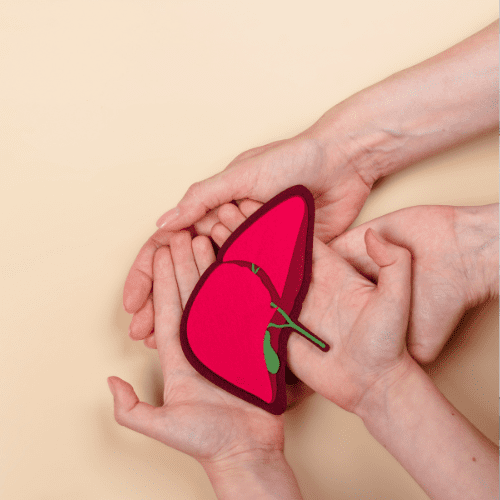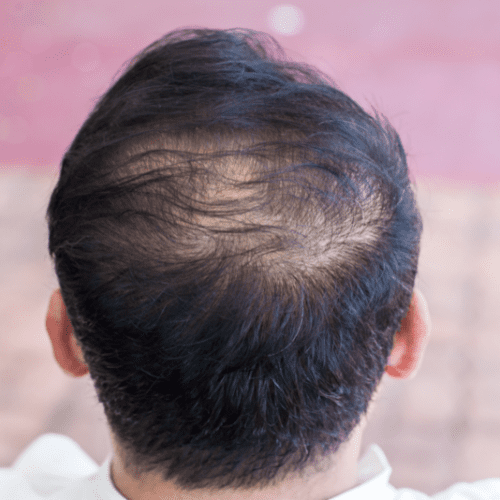Minoxidil for Indian Men: Does It Work?
Minoxidil, originally developed as a treatment for hypertension, has gained popularity as a topical solution for hair loss, particularly among Indian men experiencing androgenetic alopecia. Clinical studies indicate that minoxidil promotes hair regrowth by enhancing blood flow to hair follicles, thus prolonging the hair growth phase. While results vary, many users report visible improvements within 2 to 4 months of consistent use. However, it is essential to note that minoxidil is most effective when used continuously, as discontinuation may lead to hair loss reverting to its pre-treatment state. Consult a dermatologist for personalized advice.








